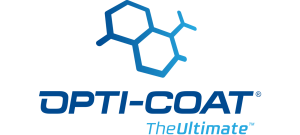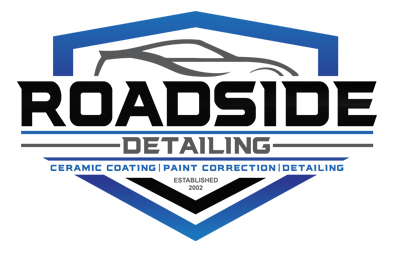Opti-Coat Ceramic Coating
For more than a decade, Opti-Coat has been setting the industry standard with our unique ceramic coating technologies. We develop and manufacture proprietary resins utilising our Silicon Carbide (SiC) chemistry. Our purpose is to provide our clients with a product that is the most durable, innovative and protective coating available.
Powered By SiC™
The primary function of a ceramic coating is to protect the surface it is applied to. SiO2 and TiO2 based resins will hydrolyse and diminish over time. The hydrolysis and degradation of SiO2 and TiO2 based resins is accelerated with high pH products (such as alkaline degreasers) as well as at low pH cleaners (acid wash, etc.). By removing the Oxygen group and using SiC linkages as the polymer backbone, our coatings are unaffected by low or high pH levels (acids and alkalines) and resistant to UV breakdown.
During the development of Opti-Coat in 2004, we developed and tested a number of different resins for longevity, hardness, chemical resistance, UV resistance, scratch resistance and other desirable features such as gloss levels. These resins included SiC ceramic based resins as well as SiO2, TiO2, Silane, Siloxane, Fluoro, and a few other polymer resins.
Across the board, the SiC based resins we developed outperformed all others for these criteria. The resins that were based on SiO2 and TiO2 were initially comparable in hardness, however, they were hydrolysed and diminished over time. While the hydrolysis of SiO2 and TiO2 based resins was slow in neutral or low pH exposure and took months to become apparent, it was quite rapid at pH above 10 due to catalytic cleavage of Si-O or Ti-O bonds with hydroxyl group at higher pH. SiC linkage on the other hand was completely unaffected by acids (low pH) or caustics (high pH) due to the lack of oxygen group.
This difference in performance means one layer of SiC based resin would last longer than multiple layers of SiO2 or TiO2 resins since SiC resin does not diminish over time. Furthermore, since the SiC bond is harder and more inert, it does not allow chemicals to penetrate and damage the substrate it is applied to.
For these reasons we chose to develop the Opti-Coat resins using SiC as the polymer backbone. This has resulted in the Opti-Coat line of ceramic coatings providing the best protective properties to automotive finishes since their release in 2008.

Prices
-
Small VehicleFrom $695
-
SedanFrom $795
-
SUV & Dual CabFrom $795
-
4WDFrom $845
-
MotorcyclesFrom $595



